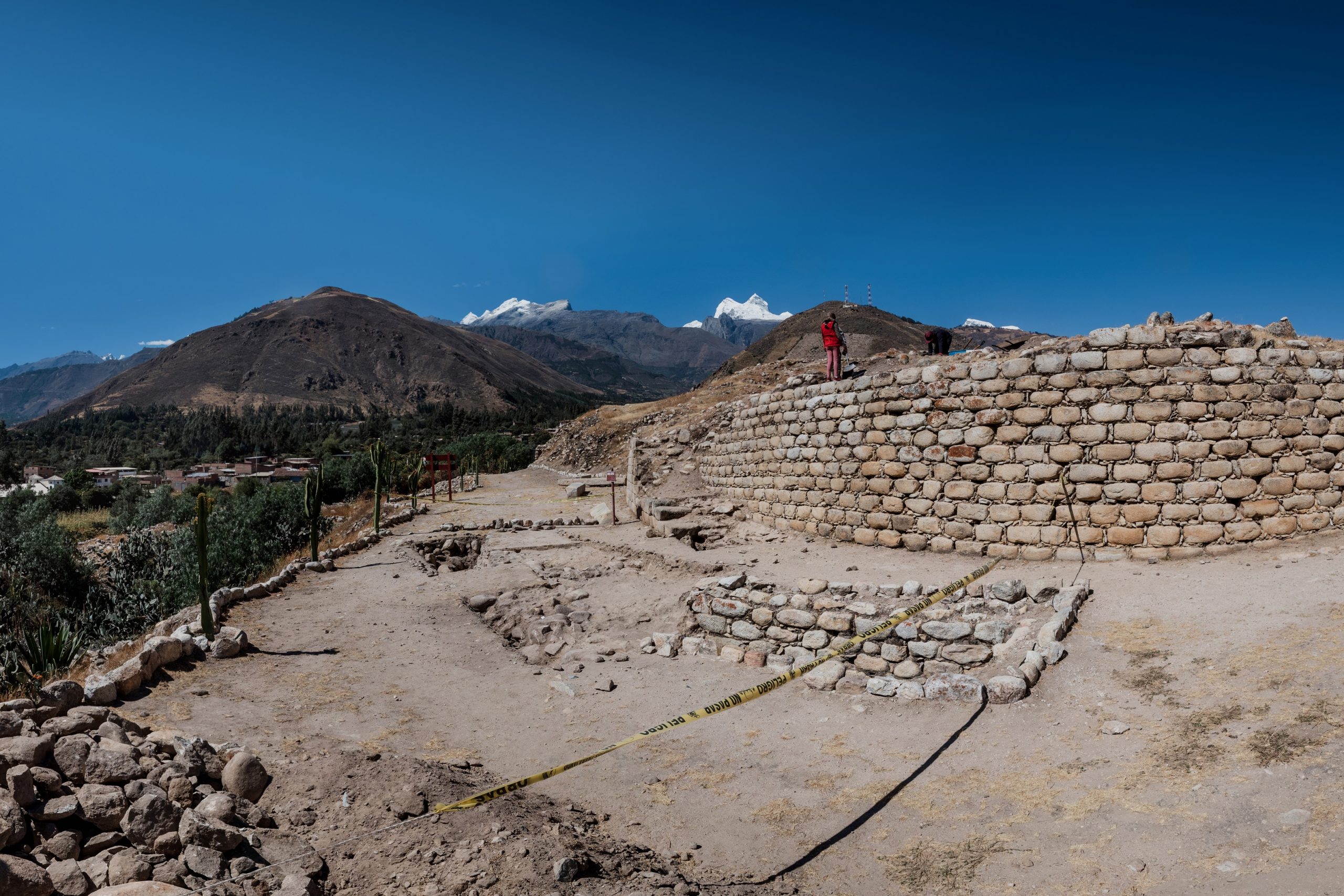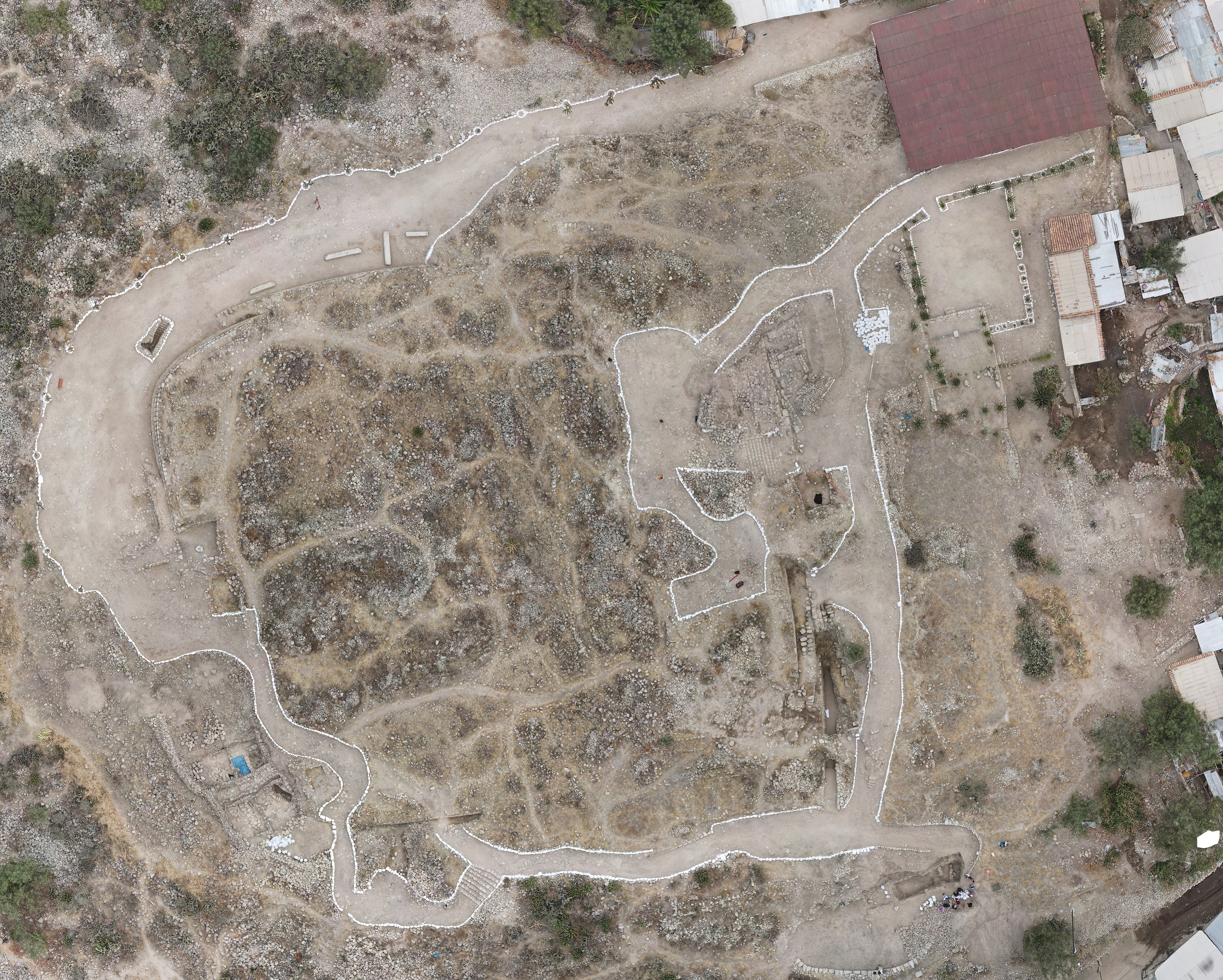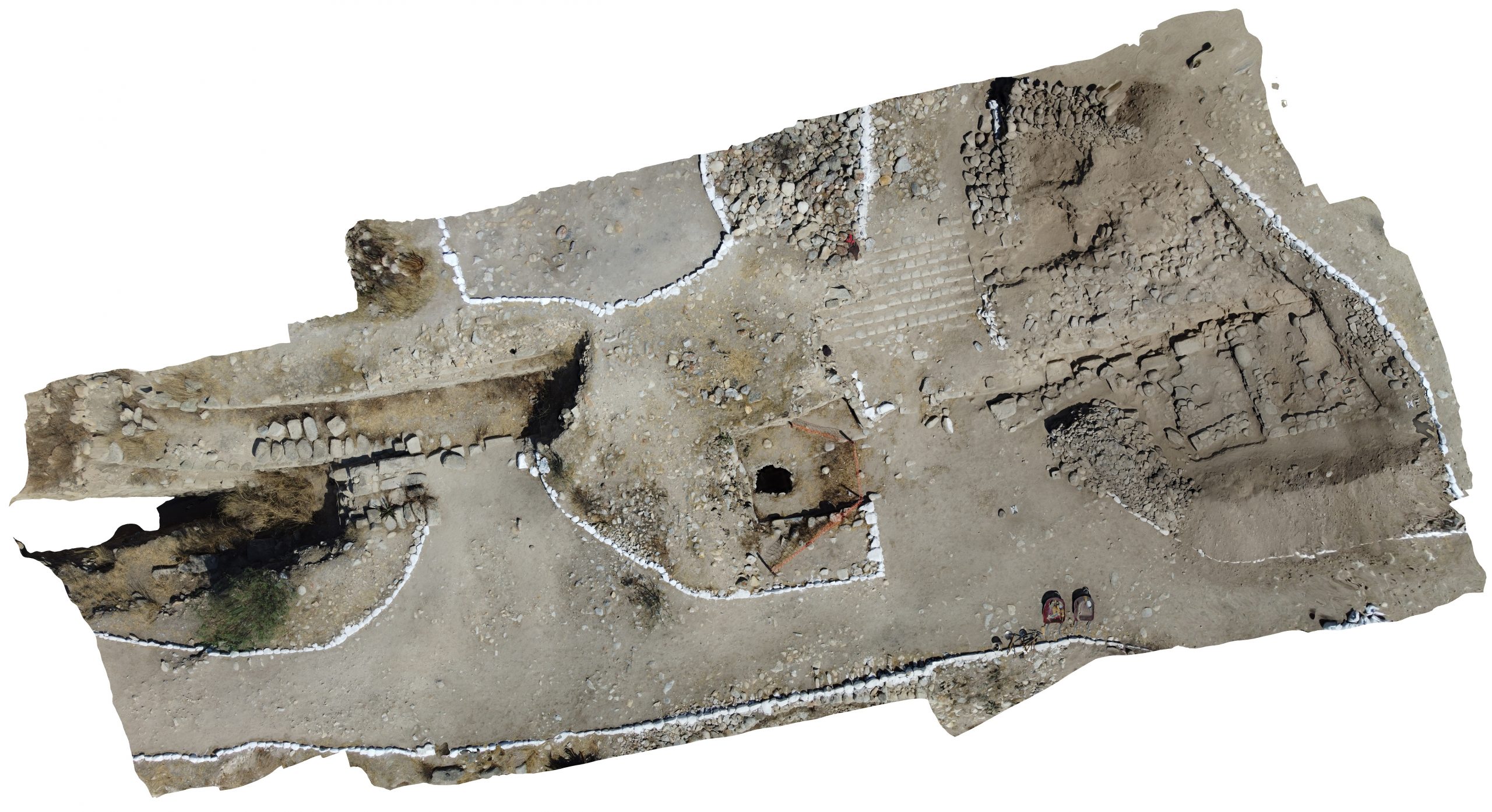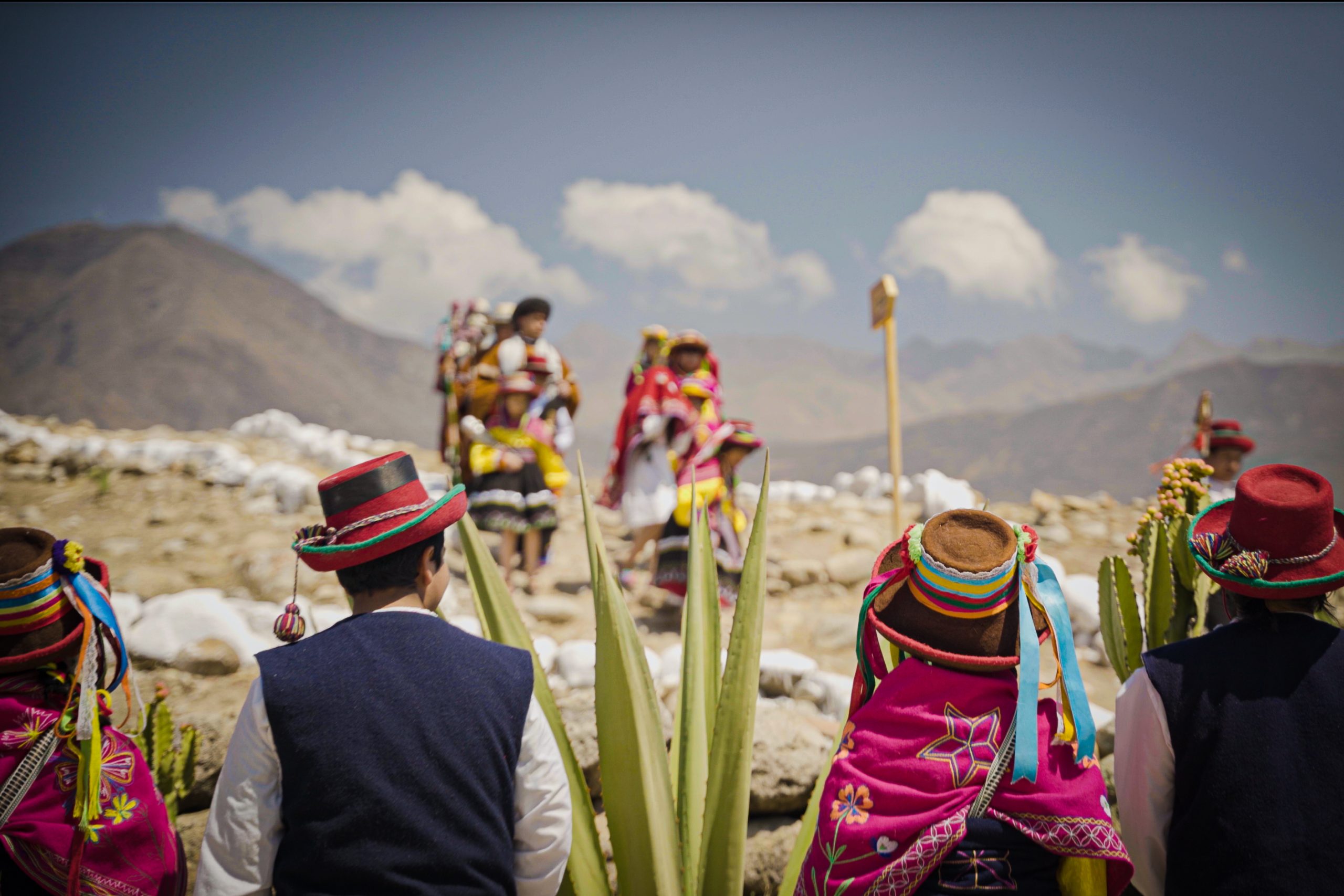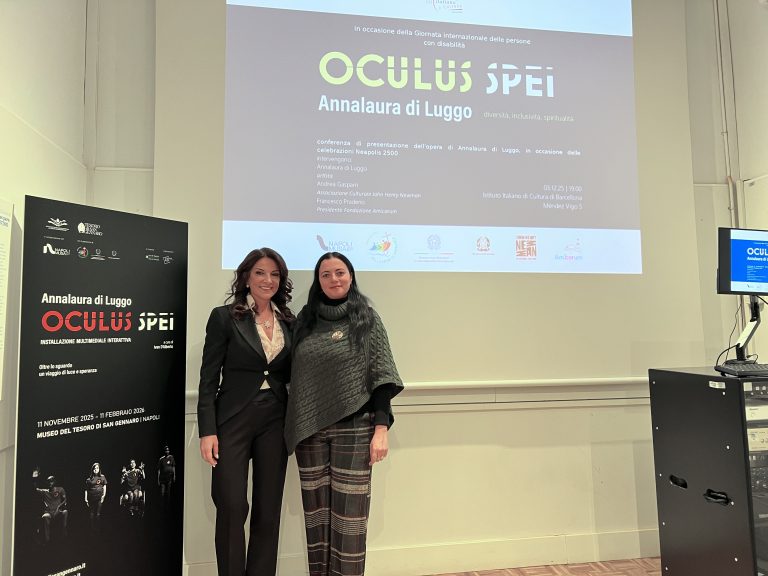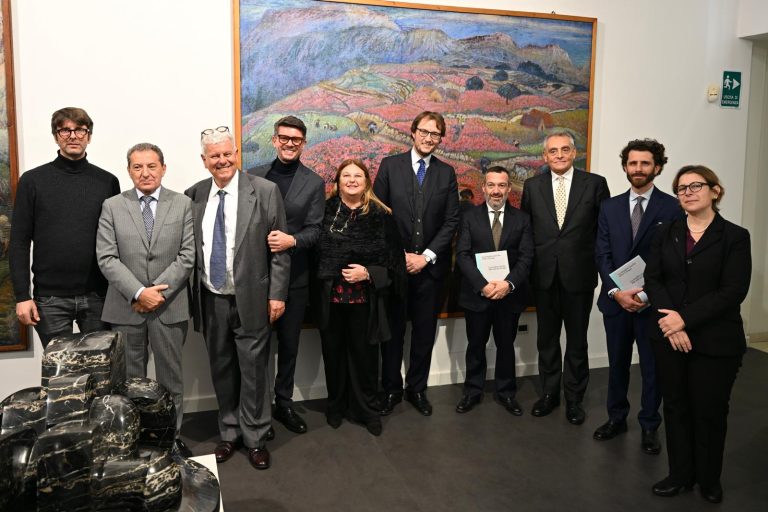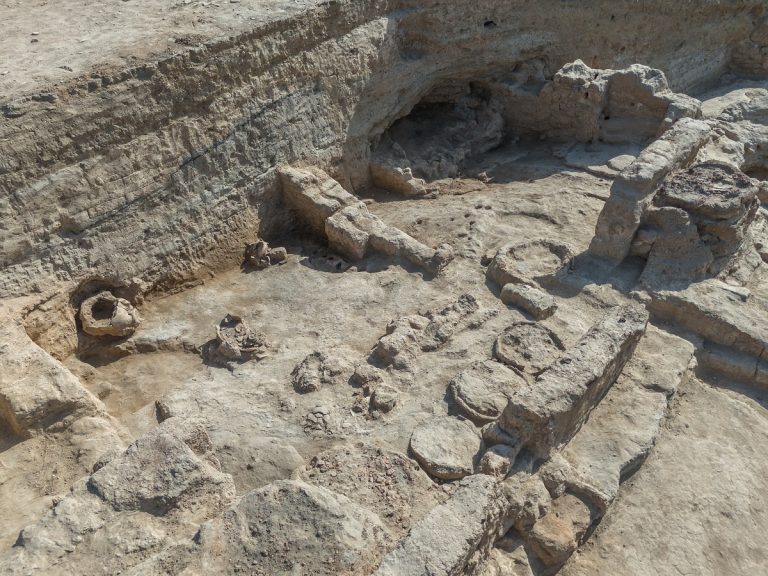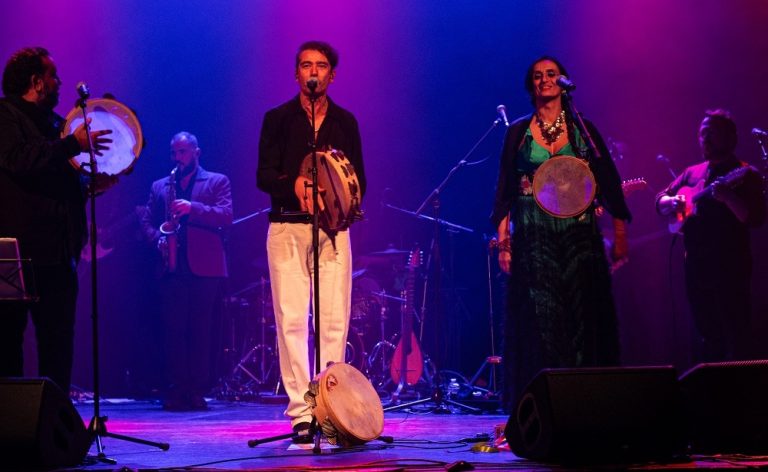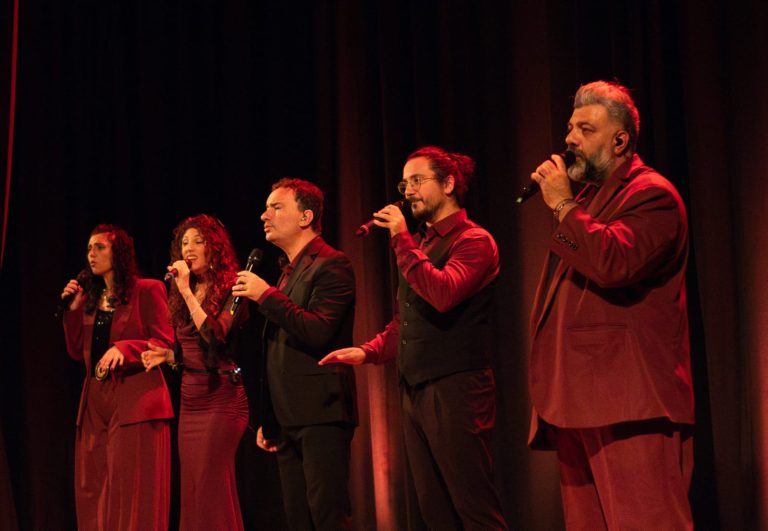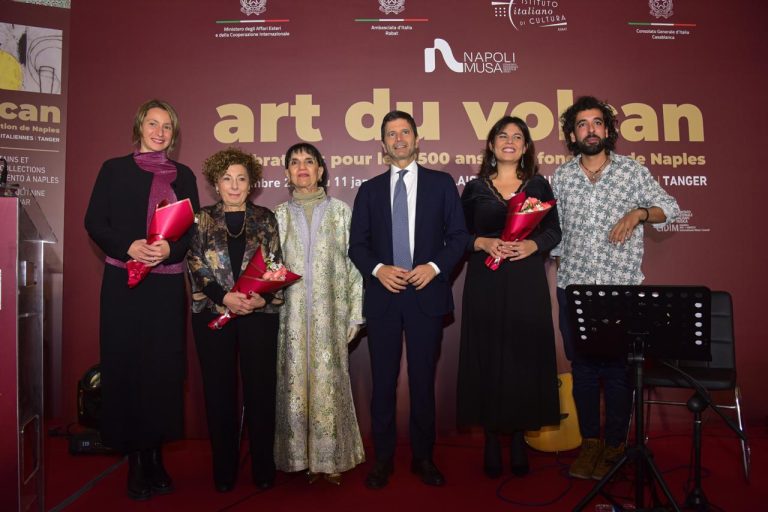In the mountains of Peru, an Italian-Peruvian team rediscovers one of the oldest temples in South America. In the heart of the Peruvian Andes, at 2,200 meters above sea level in the Callejón de Huaylas valley, an extraordinary archaeological site is re-emerging from the past: Tumshukayko, a temple complex dating back some 5500 years. Located near the town of Caraz, the site was discovered in the 19th century by the famous Italian explorer Antonio Raimondi, but only today, thanks to an international scientific mission, its importance is being revealed.
Leading the excavations is a joint mission of MUDEC – Museum of Cultures in Milan and IULM University, in collaboration with Bicocca and Statale Universities in Milan, with the support of the Italian Ministry Of Foreign Affairs and the active participation of the local community.
A monumental discovery
Archaeologists have been working in the field since 2021, unearthing a 50-meter-high ceremonial platform surrounded by smaller structures. According to analysis by the Lambda laboratory at Bicocca University, Tumshukayko is among the oldest temples in the central Andean area, dating back to a pre-ceramic era when the first agricultural communities were beginning to organize themselves as complex cultures.
The structure, built with massive curved walls of volcanic stone and granite, required the collaboration of several local groups. It was designed to be visible from afar and symbolically dominate the surrounding landscape. A monument that developed over centuries and suffered significant damage from violent floods. Between the 1st and 8th centuries AD, part of the temple was later reused by later populations to build simpler dwellings.
A shrine to sacred mountains
Research suggests that Tumshukayko was a shrine dedicated to the Jirkas, the sacred mountains in Quechua cosmology, considered sources of water and life. The entire structure, particularly the monumental staircase, is oriented toward the Cordillera Blanca, one of the main massifs of the Andes. During the 2024 campaign, ritual and sacrificial contexts emerged that will be further analyzed in 2025 thanks to the support of the Department of Biomedical Sciences for Health at Milan State University.
When research meets living memory
Tumshukayko is not only an archaeological site: it is also a living community. Thirteen families still live within the area and actively participate in the project, helping to protect and enhance the site. Researchers also collect oral testimonies and local traditions, such as those about the election of the “Ñusta,” a symbolic figure who represents the community at the most important moments and refers to the figure of the princesses of the Inca era.
These stories have become part of an ethnographic documentary, which will be presented in international festivals dedicated to anthropological cinema.
The future of Tumshukayko
New conservation and enhancement work on the site will begin in 2025, in collaboration with the Municipality of Caraz. Among the projects in the pipeline: an expanded tourist trail, information panels, and educational initiatives aimed at schools. The goal is twofold: to protect a unique archaeological heritage and to strengthen the link between community and territory.

